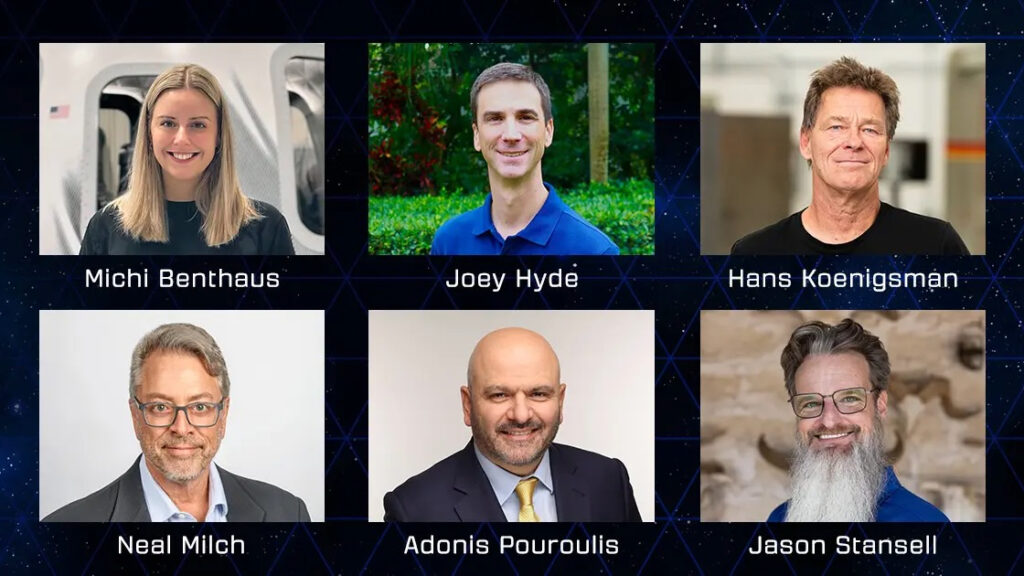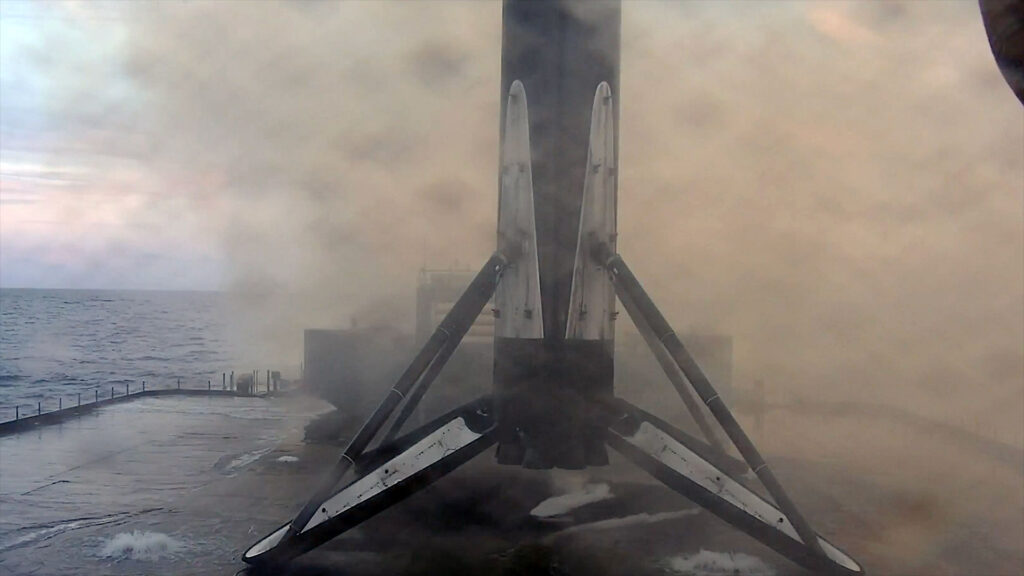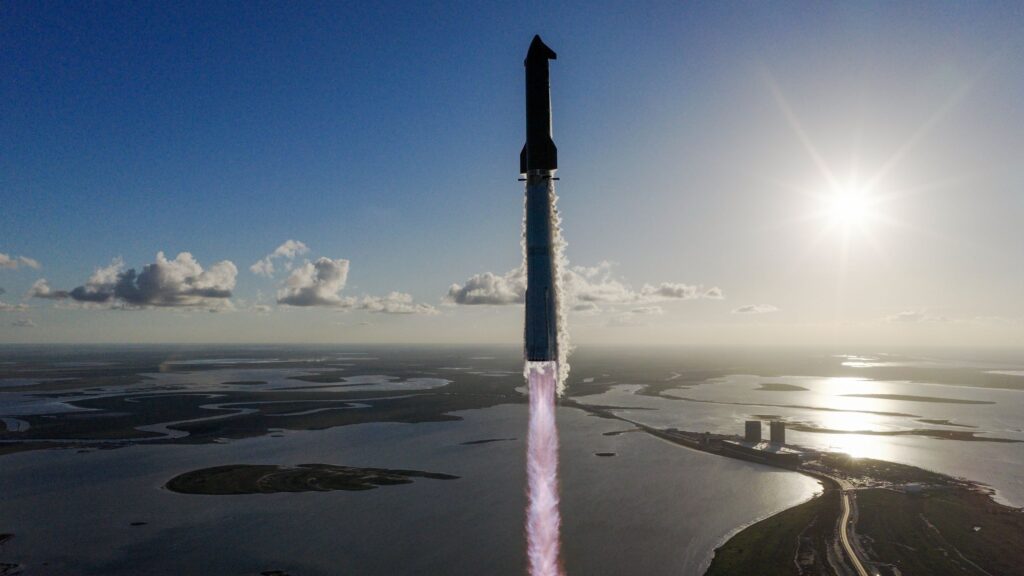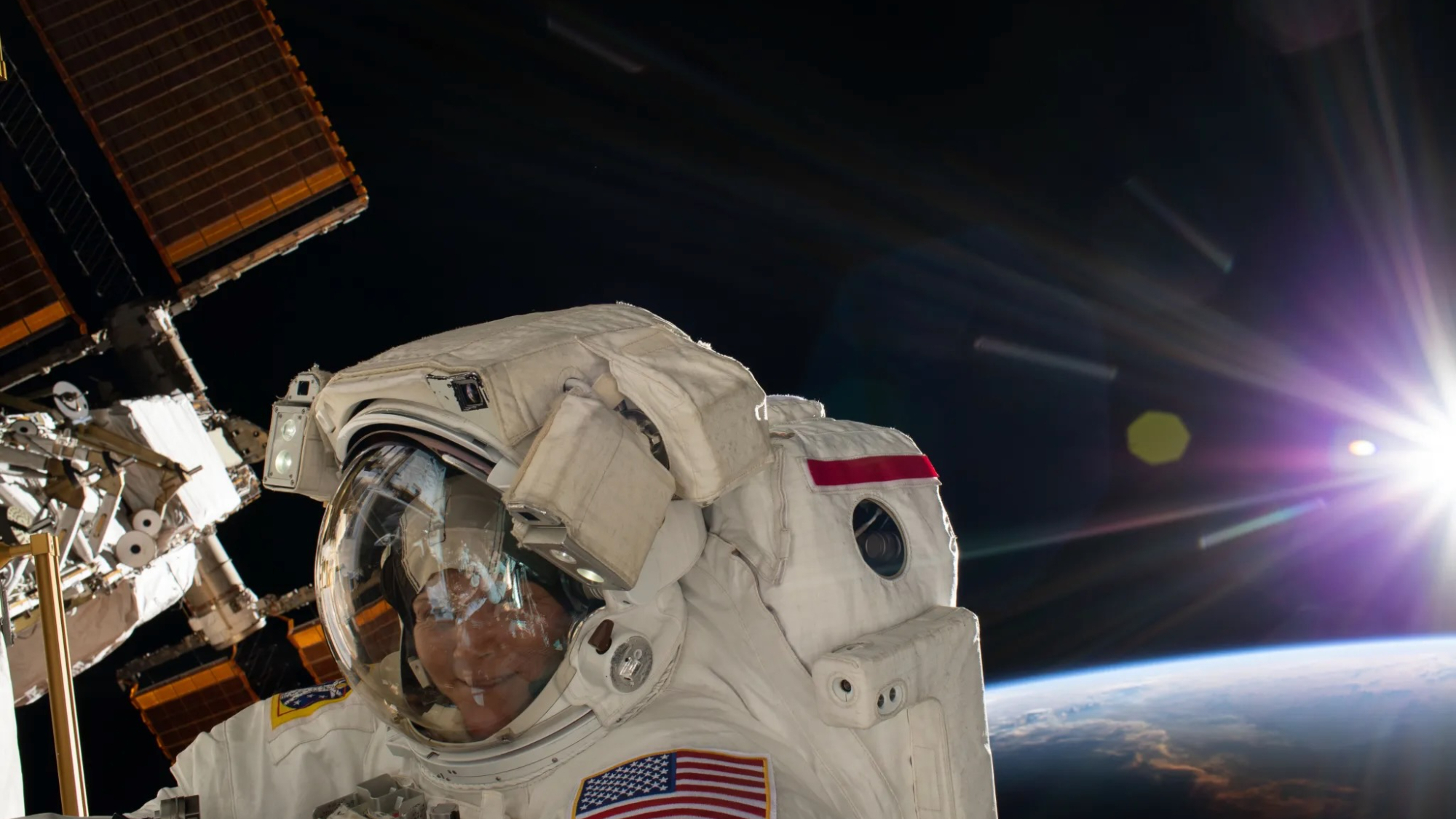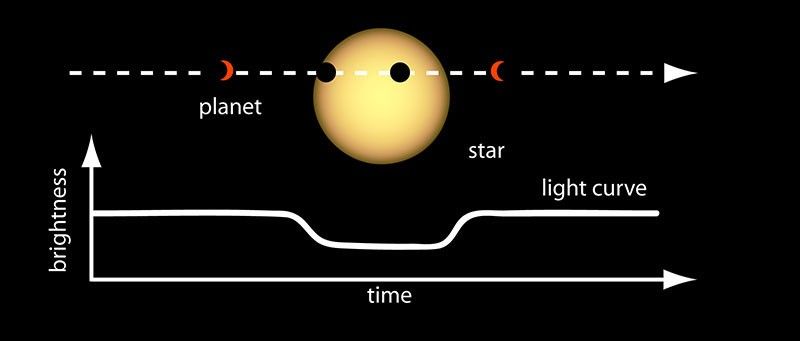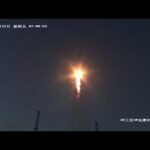Now Reading: Doubts mount further over signs of alien life on K2-18b: ‘This is evidence of the scientific process at work’
-
01
Doubts mount further over signs of alien life on K2-18b: ‘This is evidence of the scientific process at work’
Doubts mount further over signs of alien life on K2-18b: ‘This is evidence of the scientific process at work’
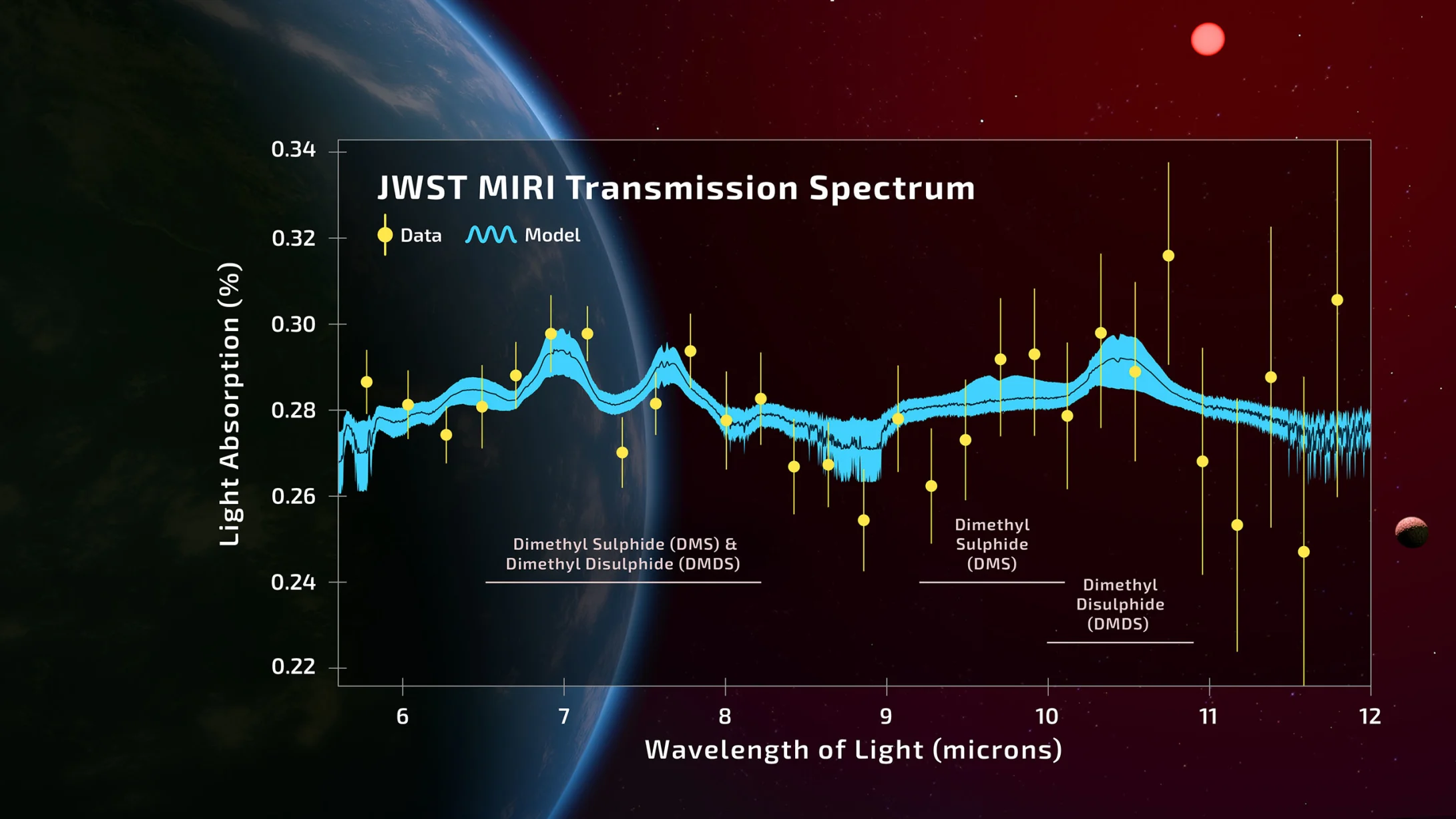
Recently, a team of University of Cambridge-led astronomers made global headlines after announcing they’d found the “strongest evidence yet” of life beyond our solar system. Their claims were based on the detection of sulfur-based gases in an alien planet’s atmosphere — gases typically linked to biological processes on Earth. However, a quick independent analysis of the data now casts doubt on the validity of these findings.
Jake Taylor of the University of Oxford in the U.K., who studies atmospheres of exoplanets, used a basic statistical test to identify telltale signs of gas molecules in the atmosphere of the exoplanet at hand, K2-18b. Taylor did this in such a way that the test didn’t assume which gases might be present. Instead of the distinct bumps that typically indicate the presence of detectable gas molecules, Taylor saw the data appearing consistent with a “flat line,” according to the new study, which was posted to the preprint archive on April 22 and has yet to be peer reviewed. What this means is the data is likely too noisy — or the signal too weak — to draw definitive conclusions.
“This is evidence of the scientific process at work,” Eddie Schwieterman, an assistant professor of astrobiology at the University of California, Riverside, who was not involved with the new research, told Space.com. “That’s exactly what we want — multiple, independent groups or individuals to analyze and interpret the same data. This is one, and hopefully more will follow.”
Aliens or noise?
In 2023, Nikku Madhusudhan of the University of Cambridge and his colleagues first announced the detection of dimethyl sulfide (DMS) on K2-18b, an exoplanet nearly nine times more massive than Earth located about 120 light-years away in the life-friendly “habitable zone” of its star. This detection was made with an instrument on the James Webb Space Telescope (JWST). Then, on April 17, the same team claimed it used a different JWST instrument and found stronger and clearer evidence for the molecule — and a potentially life-rich ocean world — when compared to the 2023 DMS detection, which was not upheld by independent analyses.
On Earth, DMS is almost exclusively produced by life forms like marine algae, making it a possible “biosignature” in the search for extraterrestrial life. “These are the first hints we are seeing of an alien world that is possibly inhabited,” Madhusudhan told reporters in a press briefing. “This is a revolutionary moment.”
Although the announcement sparked excitement and made global headlines, scientists not involved with the research quickly cautioned that the results are preliminary and come with several caveats.
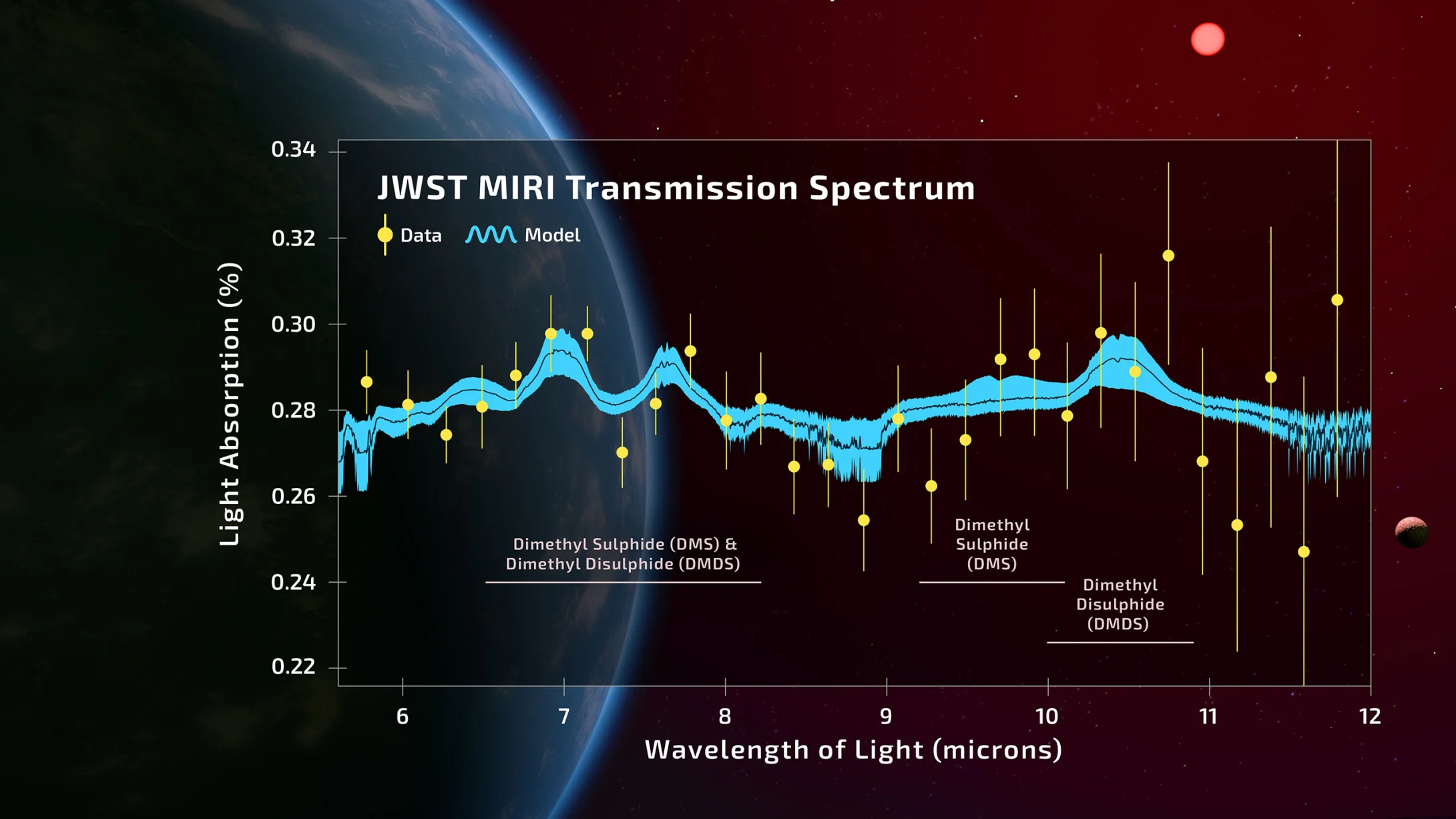
Chief among them was the fact that Madhusudhan’s team reported the DMS detection with three-sigma significance, indicating a 0.3% chance it could be a fluke — well below the five-sigma standard (0.00003% chance) required for solid scientific discoveries. Critics also raised concerns that the team’s data pushes the JWST to its limits, noted the absence of expected molecules like ethane that typically appear alongside DMS, and argued that the researchers may have used a biased model that inflated the significance of the DMS detection.
Related Stories:
Taylor’s findings, based on a simple model commonly used by astronomers as a “first pass” analysis, add to the skepticism, suggesting the detection’s significance was overstated. Yet, Madhusudhan and his team remain undeterred, noting that Taylor’s models are too simplistic to capture the complex behavior of atmospheric molecules in the wavelengths their JWST data represent.
“There is nothing in this paper that worries me or seems relevant to the discussion about our result,” Madhusudhan said in an email to NPR. “I am only slightly surprised that the bar is so low for a rebuttal!”
To confirm a discovery, results must be supported by independent lines of evidence, show strong statistical significance, and rule out non-biological explanations, astrobiologist Michaela Musilova, who was not involved in either of the new studies, told Space.com. “So far, all data we have been able to review related to K2-18b do not meet these requirements.”
Back to square one?
Underlying the debate is the broader question of whether K2-18b is even habitable to begin with.
Recent research suggests the planet may be too close to its star to support liquid water on its surface — placing it outside the habitable zone and contradicting earlier conclusions by Madhusudhan and his team that it could be an ocean world. Moreover, scientists announced they found traces of DMS on a cold, lifeless comet in 2024, raising the possibility that such molecules could form through as-yet unknown chemical processes, Musilova noted.
Musilova, Schwieterman and other experts agree additional independent analyses are necessary to determine whether the signals found by Madhusudhan and his team truly represent DMS or DMDS in K2-18b’s atmosphere, or are simply the artifact of noise in the data. The signals might be absent, or they could be present but currently undetectable. Either way, more observations are needed to resolve the uncertainty, said Schwieterman.
“If the ultimate result of this story is that the public is more circumspect about future claims of life detection, that’s not a terrible thing,” he said.
Stay Informed With the Latest & Most Important News
Previous Post
Next Post
-
 012024 in Review: Highlights from NASA in Silicon Valley
012024 in Review: Highlights from NASA in Silicon Valley -
 02Panasonic Leica Summilux DG 15mm f/1.7 ASPH review
02Panasonic Leica Summilux DG 15mm f/1.7 ASPH review -
 03From Polymerization-Enabled Folding and Assembly to Chemical Evolution: Key Processes for Emergence of Functional Polymers in the Origin of Life
03From Polymerization-Enabled Folding and Assembly to Chemical Evolution: Key Processes for Emergence of Functional Polymers in the Origin of Life -
 04How New NASA, India Earth Satellite NISAR Will See Earth
04How New NASA, India Earth Satellite NISAR Will See Earth -
 05And Thus Begins A New Year For Life On Earth
05And Thus Begins A New Year For Life On Earth -
 06Astronomy Activation Ambassadors: A New Era
06Astronomy Activation Ambassadors: A New Era -
07SpaceX launch surge helps set new global launch record in 2024












